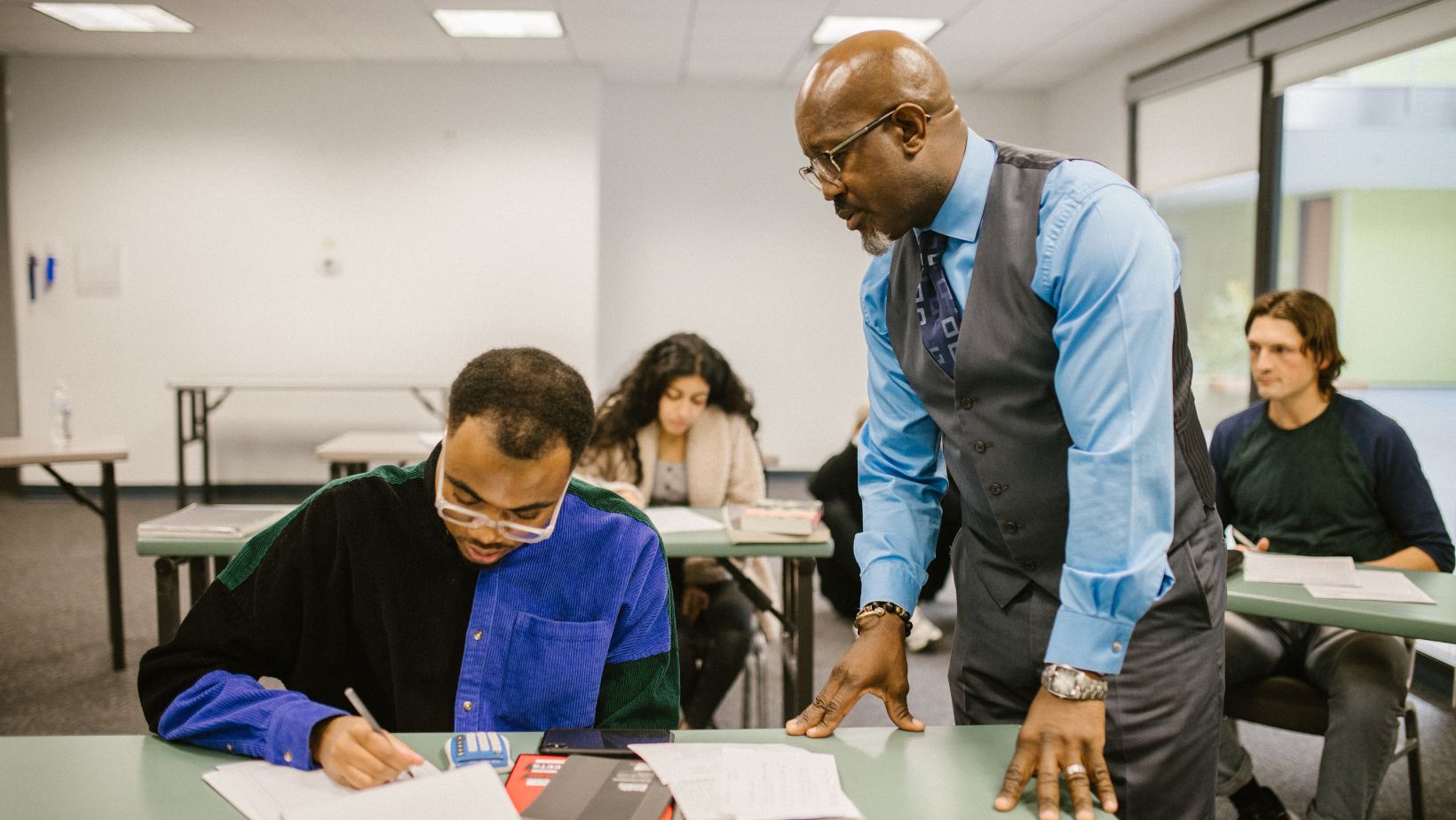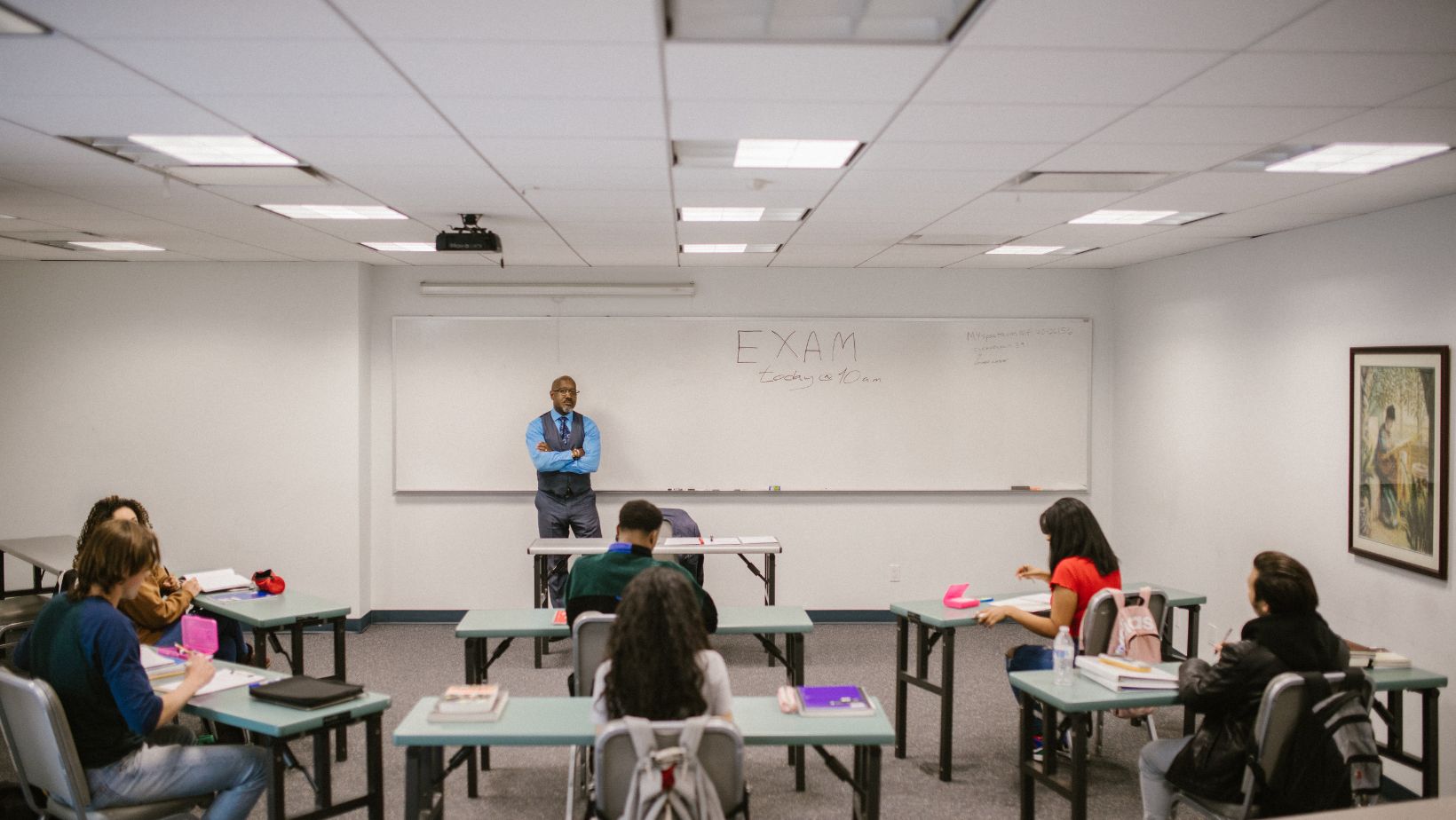In education and assessment, the term ‘Proctor Test’ often surfaces, especially in discussions about maintaining the integrity and standard of exams. A Proctor Test is a supervised examination process in which an invigilator, known as a proctor, ensures that the test is conducted fairly and according to the established rules. This concept, a cornerstone in traditional educational settings, is increasingly significant in today’s digital learning environments.
Incorporation of Education Terms in Proctor Tests
The Proctor Test is intrinsically linked with various education terms and concepts that define its purpose and structure. It involves ‘standardized testing,’ where all students are subjected to the same examination conditions, promoting fairness and objectivity. The proctor’s role is crucial in maintaining ‘academic integrity,’ a key value in educational ethics, by preventing cheating or plagiarism.
In addition, proctors are responsible for ensuring ‘compliance’ with the testing protocols, which includes verifying student identities and monitoring the testing environment. The process aligns with ‘formative’ and ‘summative assessments,’ contributing to the comprehensive evaluation of a student’s understanding and mastery of the subject matter.
Types of Proctor Tests
Each type of proctor test offers distinct advantages and caters to different needs. In-person proctoring remains the gold standard for high-stakes exams where strict control is essential. Remote proctoring provides flexibility and accessibility, which are important in today’s global and digital learning environment. Automated proctoring, on the other hand, provides a scalable and less intrusive option suitable for a wide range of assessments. As technology and educational needs evolve, these proctoring methods will continue to adapt, ensuring the integrity and fairness of exams in various learning contexts.
In-Person Proctoring
This is the most traditional method of proctoring. In this setup, a proctor physically oversees the examination process in a controlled environment, usually in a classroom or a designated testing center. The proctor’s responsibilities include:
- Verifying student identities to prevent impersonation.
- Ensuring that the examination rules are strictly followed.
- Managing the distribution and collection of exam materials.
- Monitoring the room to prevent cheating or collusion.
- Addressing any issues or questions that arise during the test.
In-person proctoring is often preferred for high-stakes exams due to its direct and personal oversight.
Remote Proctoring
As online education becomes more widespread, remote proctoring has gained popularity. It allows students to take exams from any location while ensuring the integrity of the test. Key aspects include:
- Live Remote Proctoring: A proctor monitors students in real time via webcam and microphone. This method often involves interaction between the proctor and the student, such as asking the student to put their camera around the room.
- Recorded Proctoring: In this variation, the student’s exam session is recorded through their webcam for later review. It’s less intrusive but requires thorough post-exam analysis.
Remote proctoring relies heavily on technology, including secure browsers and lockdown features that prevent students from accessing external websites or applications during the exam.
Automated Proctoring
Automated proctoring represents a significant advancement in proctoring technology. This method utilizes AI and machine learning to oversee the exam process, which includes:
- Automated identity verification using facial recognition technology.
- The student’s behavior and environment is analyzed through advanced algorithms that detect anomalies such as unusual eye movement, multiple faces in the camera frame, or suspicious sounds.

- Flagging potentially dishonest activities for review by human proctors.
Automated proctoring is often seen as less invasive and more scalable than live remote proctoring, making it suitable for larger groups and various assessments.
Hybrid Proctoring
A newer development is hybrid proctoring, which combines live, recorded, and automated proctoring elements. This method might involve initial live monitoring to verify identity and exam start procedures, followed by automated monitoring during the test, with the option for a proctor to intervene if the software detects anomalies.
Advantages and Challenges
The Proctor Test system has numerous benefits, including maintaining a high exam fairness and integrity standard. It also helps standardize assessments across various educational institutions. However, challenges exist, particularly in remote and automated proctoring. Concerns over student privacy, access to reliable technology, and the need for a stable internet connection are significant issues that educators and institutions strive to address.
Advantages
- Ensuring Fairness and Integrity: The foremost advantage of the Proctor Test system is its ability to maintain a high level of fairness and integrity in exams. By closely monitoring exams, proctors can significantly reduce the occurrence of cheating and plagiarism.
- Standardization of Exams: Proctor tests allow for a standardized testing environment, ensuring all students are assessed under similar conditions. This uniformity is crucial in comparing and evaluating student performance fairly across different regions and educational systems.
- Accessibility and Flexibility: Remote and automated proctoring have made exams more accessible and flexible. Students can take tests from virtually anywhere, reducing the need for travel and accommodation. This is particularly beneficial for distance learning and international students.
- Scalability: Automated proctoring systems are highly scalable, allowing institutions to conduct exams for large numbers of students simultaneously, which is less feasible in traditional in-person proctoring setups.
- Efficiency in Resource Utilization: By leveraging technology, proctor tests can lead to more efficient use of resources. Automated systems, for example, reduce the need for many human proctors and physical exam centers.
Challenges
- Privacy Concerns: Remote and automated proctoring raise significant privacy concerns. Using webcams and microphones in students’ personal spaces can be seen as intrusive. Collecting and handling personal data, such as biometric information, require strict privacy policies and data security measures.
- Technical Requirements and Reliability: The effectiveness of remote and automated proctoring depends heavily on technology. Students need access to reliable computers, high-speed internet connections, and compatible software. Technical issues during exams can cause significant stress and disadvantage some students.
- Accessibility Issues: While remote proctoring increases accessibility in some ways, it also creates new barriers. Not all students can access the required technology or a suitable environment for taking a remotely proctored exam.
- Potential for Bias in Automated Systems: AI-driven proctoring systems may have inherent biases, especially in facial recognition algorithms. There is a risk of these systems unfairly targeting students based on race, ethnicity, or behavior that deviates from the norm.

- Cost: Implementing sophisticated proctoring systems can be expensive. The costs associated with software licensing, technical support, and training can be prohibitive for some institutions.
- Impact on Student Well-being: The stress of being constantly monitored, especially in one’s personal space, can adversely affect students’ mental health and exam performance. The pressure of high-stakes surveillance can lead to increased anxiety and test-taking phobia.
Conclusion
In conclusion, the Proctor Test remains a fundamental aspect of the educational assessment landscape. Whether conducted in-person or remotely, it upholds the principles of fairness, integrity, and standardization in examinations. As educational methodologies evolve with technological advancements, the Proctor Test will continue to adapt, ensuring that the essence of credible and equitable assessment is preserved in both traditional and digital learning environments.


